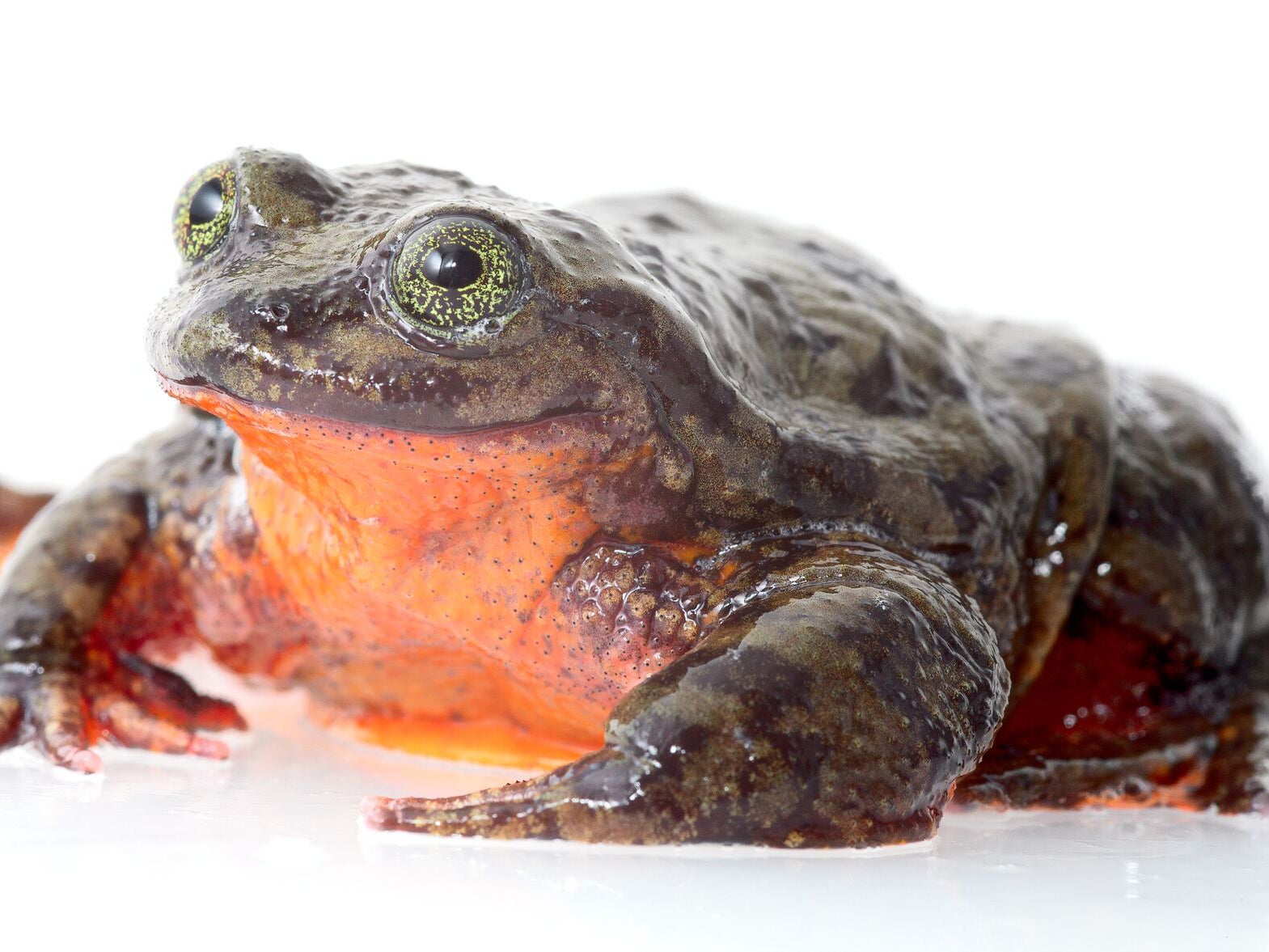Extremely endangered frog has online dating profile created by scientists in effort to save species
Lovesick amphibian is only known member of his species, and biologists are seeking funding for expeditions to find him a mate
Your support helps us to tell the story
From reproductive rights to climate change to Big Tech, The Independent is on the ground when the story is developing. Whether it's investigating the financials of Elon Musk's pro-Trump PAC or producing our latest documentary, 'The A Word', which shines a light on the American women fighting for reproductive rights, we know how important it is to parse out the facts from the messaging.
At such a critical moment in US history, we need reporters on the ground. Your donation allows us to keep sending journalists to speak to both sides of the story.
The Independent is trusted by Americans across the entire political spectrum. And unlike many other quality news outlets, we choose not to lock Americans out of our reporting and analysis with paywalls. We believe quality journalism should be available to everyone, paid for by those who can afford it.
Your support makes all the difference.Romeo, “the world’s loneliest frog”, has had an online dating profile set up by scientists in an effort to save his species from extinction.
The lovesick amphibian is the only known Sehuencas water frog in the world, and he has been calling for a mate ever since researchers collected him from the wild a decade ago.
Now they have launched him into the world of online dating in an effort to raise awareness and funds for the rejuvenation of his species.
Romeo was found on an expedition to the Bolivian cloud forests led by biologist Arturo Muñoz 10 years ago.

“We already knew there as a problem with the species, and for that reason we decided to take this frog into captivity to try to breed them,” Mr Muñoz told The Independent.
“But unfortunately, we didn’t find any other individuals in the wild.”
Since his discovery, Romeo has inhabited an aquarium in Cochabamba, Bolivia.
When it was first described in 1998, the Sehuencas water frog was common in Bolivia. However, its numbers have declined rapidly in recent years due to a combination of factors including climate change, habitat loss and pollution.
Populations were further depleted by trout introduced from North America, which are known to feed on tadpoles, and the spread of the deadly amphibian disease chytridiomycosis.
The disease, caused by a highly infectious fungus, has been blamed for a massive global decline in amphibian populations, and is known to have resulted in hundreds of extinctions already.
To add to these problems, the Bolivian government is now planning to build a dam in the area that gave these frogs their name – Sehuencas.
As a result, Romeo is the only Sehuencas water frog currently known to scientists, but Mr Muñoz hopes that is about to change.
The Bolivian Amphibian Initiative, led by Mr Muñoz – who is also a PhD student at Ghent University – is aiming to locate a partner for Romeo by launching a series of expeditions into forested areas likely to harbour more of his kind.
With the help of the environmental organisation Global Wildlife Conservation and the dating service Match, the biologists hope to raise $15,000 (£10,750) by Valentine’s Day to fund the expeditions to find Romeo a mate.
Romeo’s profile on Match’s website will be used as a platform to teach people about him and attract donations to his cause.
“Like the black-footed ferret, golden lion tamarin and California condor, we aim to add the Sehuencas water frog to the list of incredible species that have made a comeback thanks to heroic conservation breeding efforts,” said Dr Robin Moore, amphibian conservation biologist and Global Wildlife Conservation communications director.
“Romeo may be the world’s loneliest frog now, but his fate stands to change dramatically with the help of Match and generous singles and couples who decide to show their love for Romeo and our wild world this Valentine’s Day.”
Hesam Hosseini, CEO of Match, said: “Finding a match for Romeo is a new challenge for us, but in the interest of saving an entire species, we gladly and confidently accept."
Mr Muñoz and his colleagues at the Bolivian Amphibian Initiative are confident they will be able to breed Sehuencas water frogs, as they have extensive experience with other frogs from the Telmatobius group to which they belong.
“Before us, nobody was able to keep these species in captivity and breed them, and we have learned how to,” he said.
“We have the knowledge and tools to breed different species of Telmatobius, but we don’t have a female, and that is our main concern. That is why we have to start this campaign now.”
Mr Muñoz noted that Romeo is relatively old now, meaning time is running for him to repopulate his species.
“The chances are decreasing and decreasing, and we need to do something urgent now.”

Join our commenting forum
Join thought-provoking conversations, follow other Independent readers and see their replies
Comments